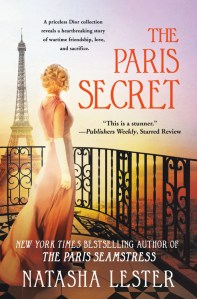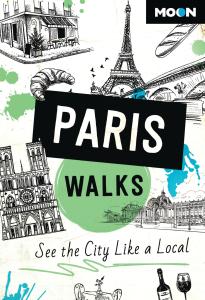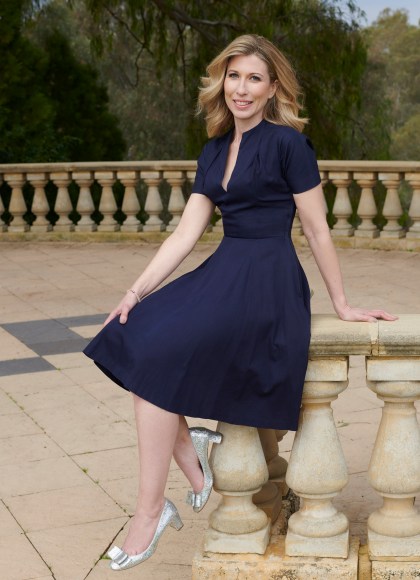A Novelist’s Approach to Travel
Natasha Lester, author of The Paris Secret, shared with us how she approaches travel and discovers a true sense of place as a novelist.
I’m incredibly lucky that in most years (barring pandemics!) I can travel the world to research my historical novels. Traveling for research is a very different way of experiencing not just a country or a city, but also an individual museum or even a street. Part of what readers really enjoy about my novels – or so they tell me! – is that they feel like they’re immersed in Paris or Cornwall or France’s Champagne region, as if they have traveled both in place and time, even though they haven’t moved from the sofa. To me, that’s the best feedback of all, and I believe it’s because of the way I approach my research travels.
For example, in my most recent book, The Paris Secret, Kat – one of the main characters – finds a collection of sixty-five haute couture Christian Dior gowns hidden in her grandmother’s abandoned cottage in Cornwall, one dress for every year dating back to the very first Dior collection in 1947. Part of the book is about Kat’s quest to discover how her grandmother came by the dresses. Needless to say, for this element of the book to work, the dresses need to come to life in the reader’s mind. Which meant, for me, not just scouring the internet or books for pictures of stunning Dior gowns, but going to some of the world’s best fashion museums to see them for myself. It was the only way to capture the specific and evocative detail to make them come alive in the reader’s imagination.
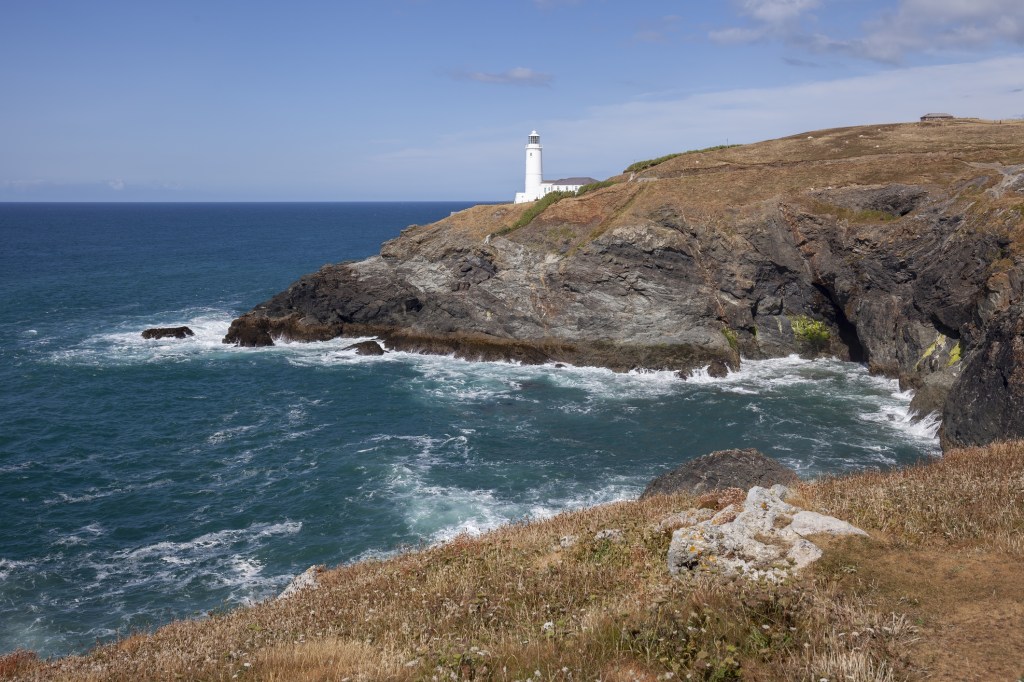
Photo © Andrew Roland | Dreamstime.com.
At the Met Museum in New York, I fell in love with Dior’s Venus ballgown from 1949, with “the froth and sparkle of the sequined silk scallops.” At the Musée des Arts Décoratifs in Paris, it was the Opéra Bouffe from 1956, “a fabulously fun pink dress, strapless…with a mass of fabric at the back shaped into a flower-like bustle.” At the NGV in Melbourne, it was Aladin from 1947, “a soft red this time, carnelian, its brightness tempered by the satin, which caught the shadows, deepening the skirt’s hue to garnet.”
It’s impossible to truly see the particular color of Aladin, the fabulousness of Opéra Bouffe’s bustle and the sparkle of Venus’s scallops in a photograph and thus it would have been impossible for me to write about these gowns in a such a way that they dance off the pages of the book. So I sought the dresses out, wherever they were in the world, and spent hours staring at them so I could recall every detail of them later, when I was writing.
Feeling inspired? Prepare to explore some of the world’s most beautiful cities: check out Moon Paris Walks or Moon New York City Walks.
It’s the same with places. I knew in The Paris Secret that my main historical character Skye Penrose would grow up in a house by the sea in Cornwall. I just didn’t know which Cornish town would be the right one for my book. There was a certain mood I wanted the town to have – untamed, isolated, wildly beautiful, and with a sweeping cove where two people could fall in love upon the sands.
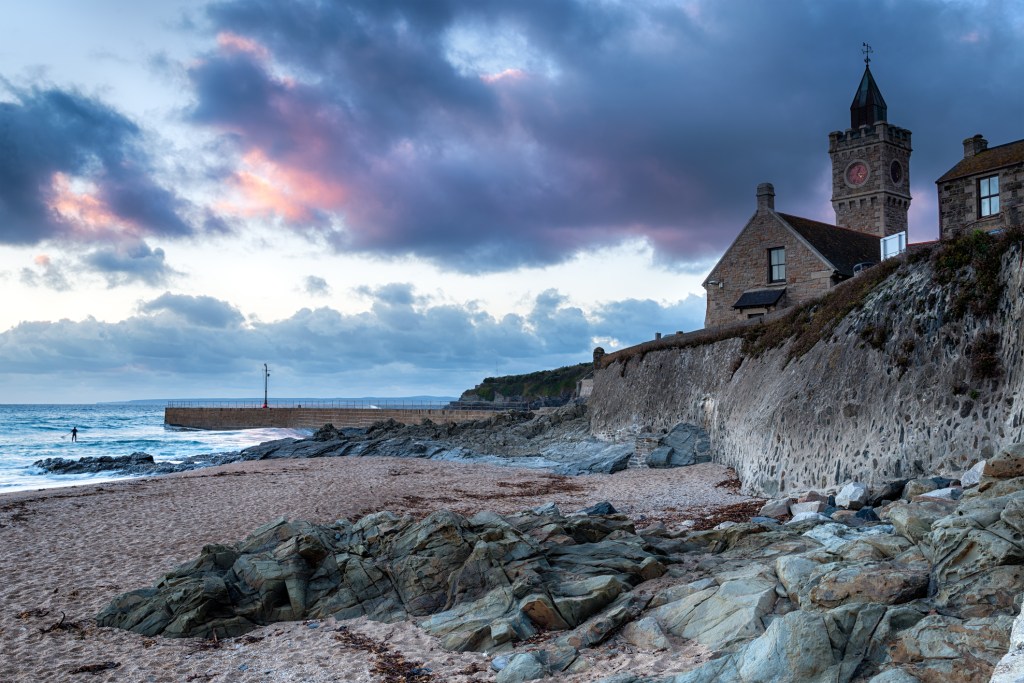
Photo © Helen Hotson | Dreamstime.com.
First I drove through all the well-known towns in Cornwall – St. Ives, Penzance – and immediately dismissed those as being too busy. I loved Fowey with its hills and history of Daphne du Maurier, but it was too calm and serene; it was like the well-behaved sister of the wild child I was after!
I don’t know what made me turn in at Porthleven – instinct, perhaps – but the moment I saw the weather-beaten pier stretching out over the water, the curved row of pastel townhouses, the spectacular sweep of cove and the house looming atop the cliff, I knew I’d found the right place. It felt like Skye’s home. Google Maps might have given me knowledge about the features of the town; visiting Porthleven gave me the emotional feel of the place. If I want my readers to feel something when they read my book, I have to feel it first when I’m writing the story.
So that’s how a novelist approaches travel; it’s all about seeking out the details that bring a place, a person or even a dress to life. It’s all about feeling something in your heart, rather than just knowing something in your head – and standing with your two feet on the ground and your eyes wide open is the best way to do that.
